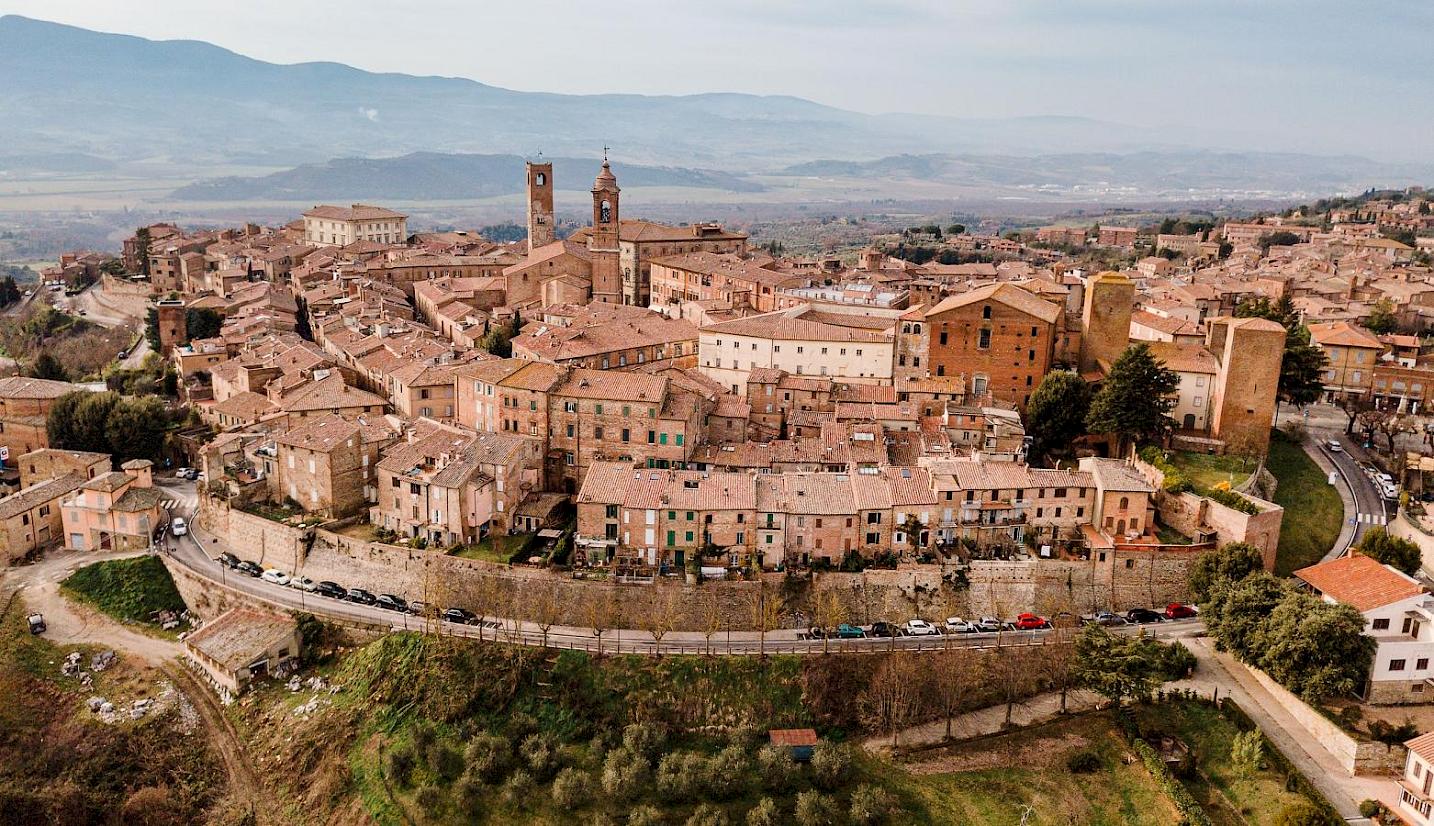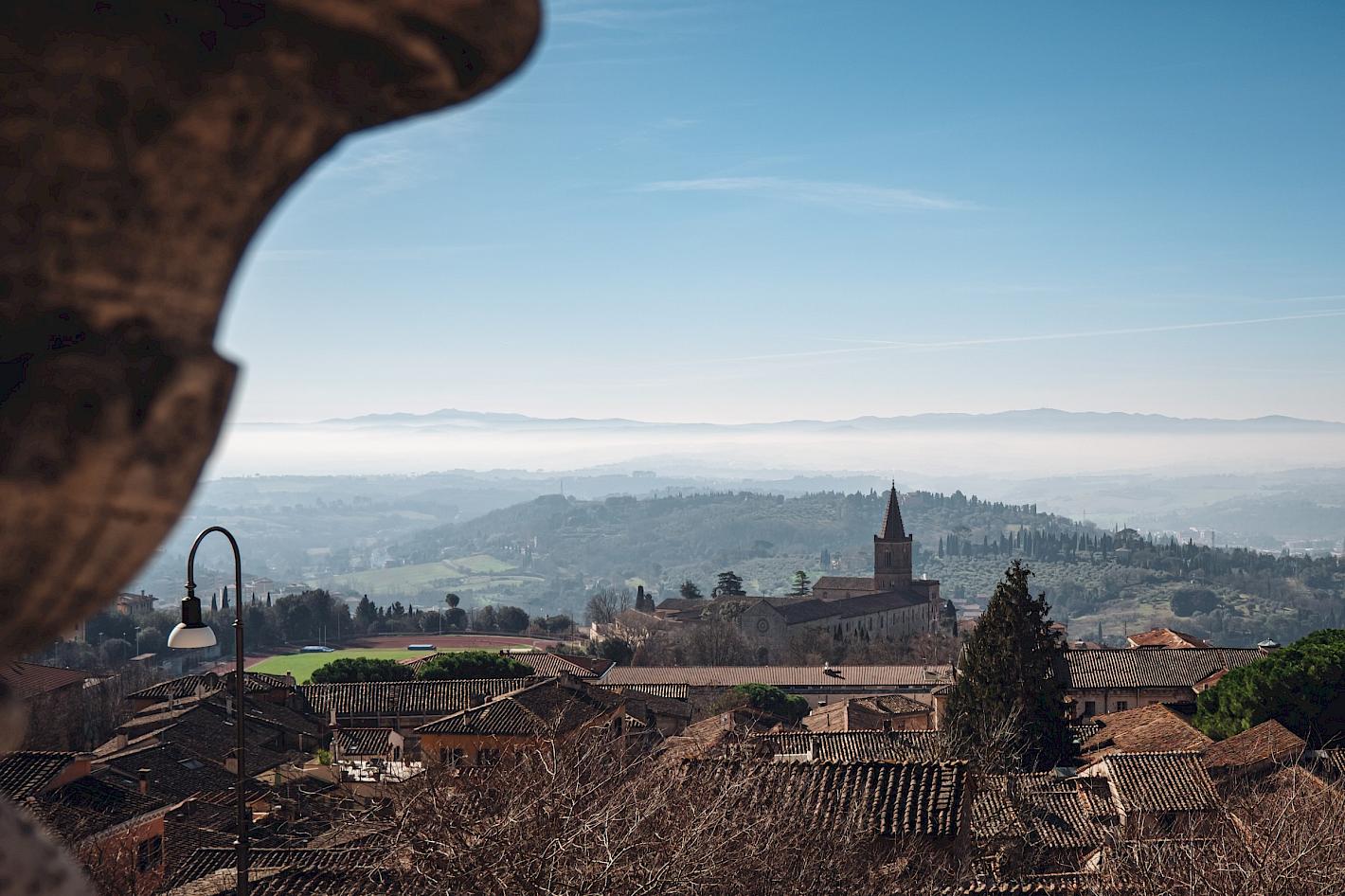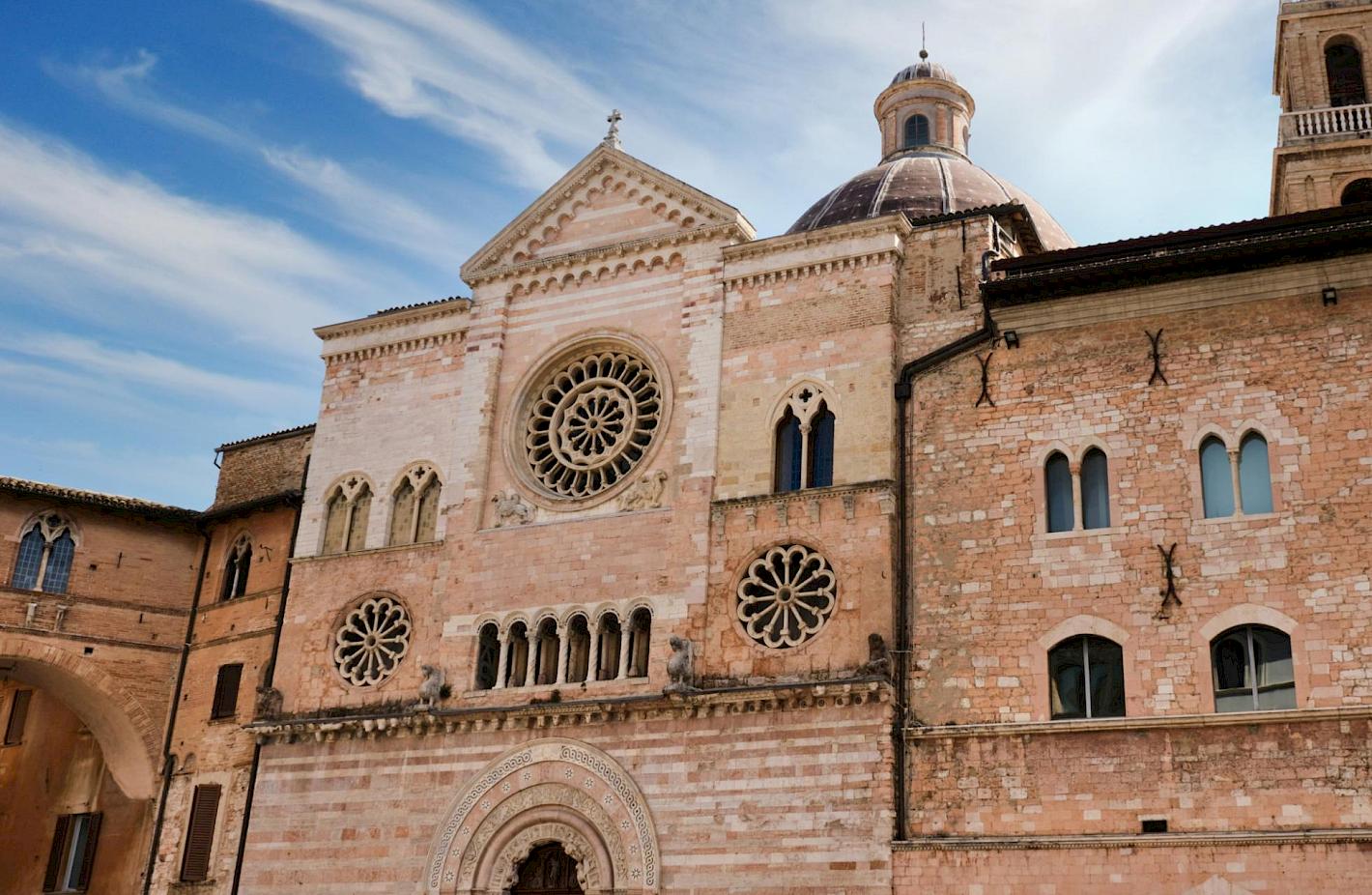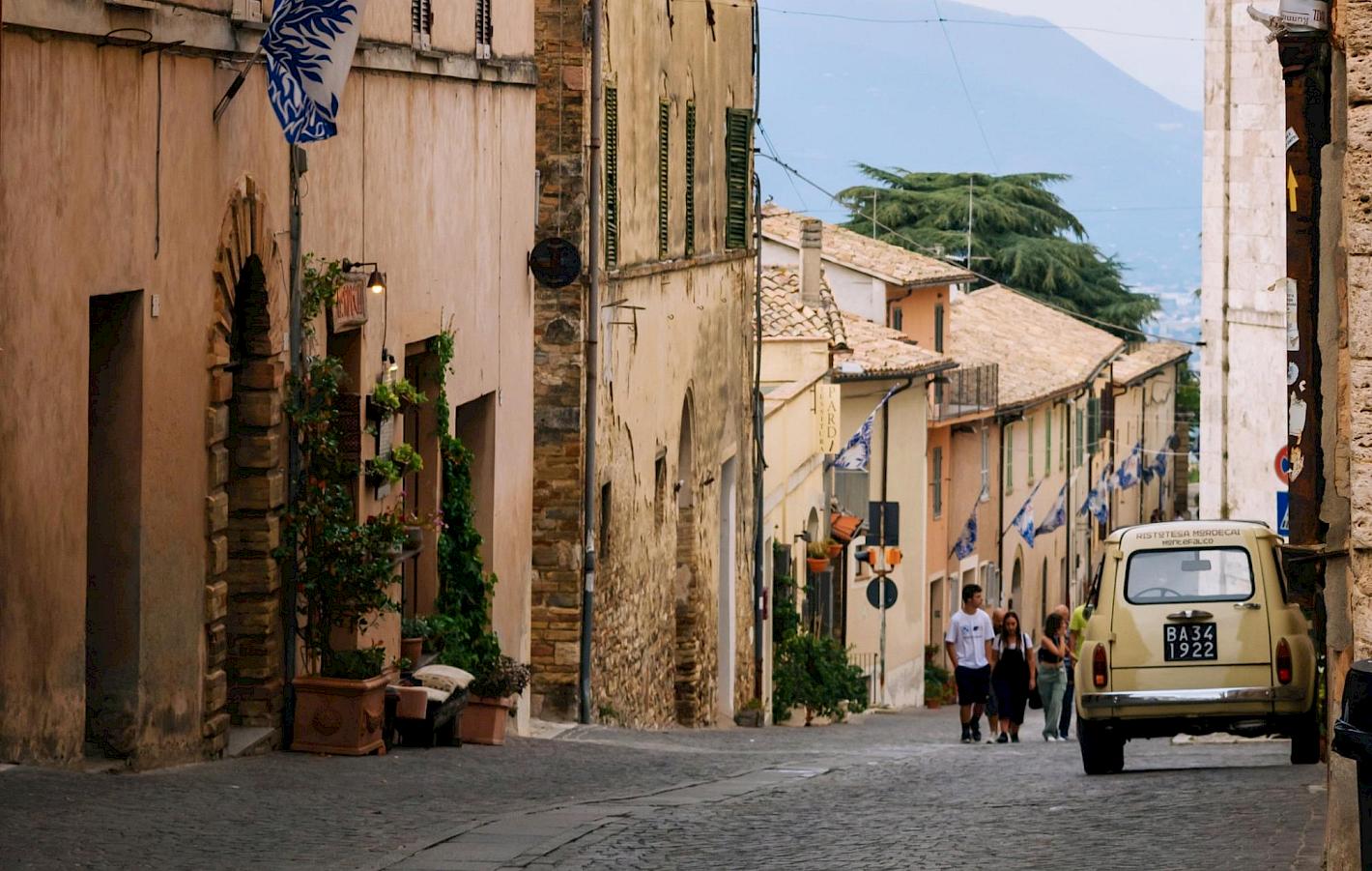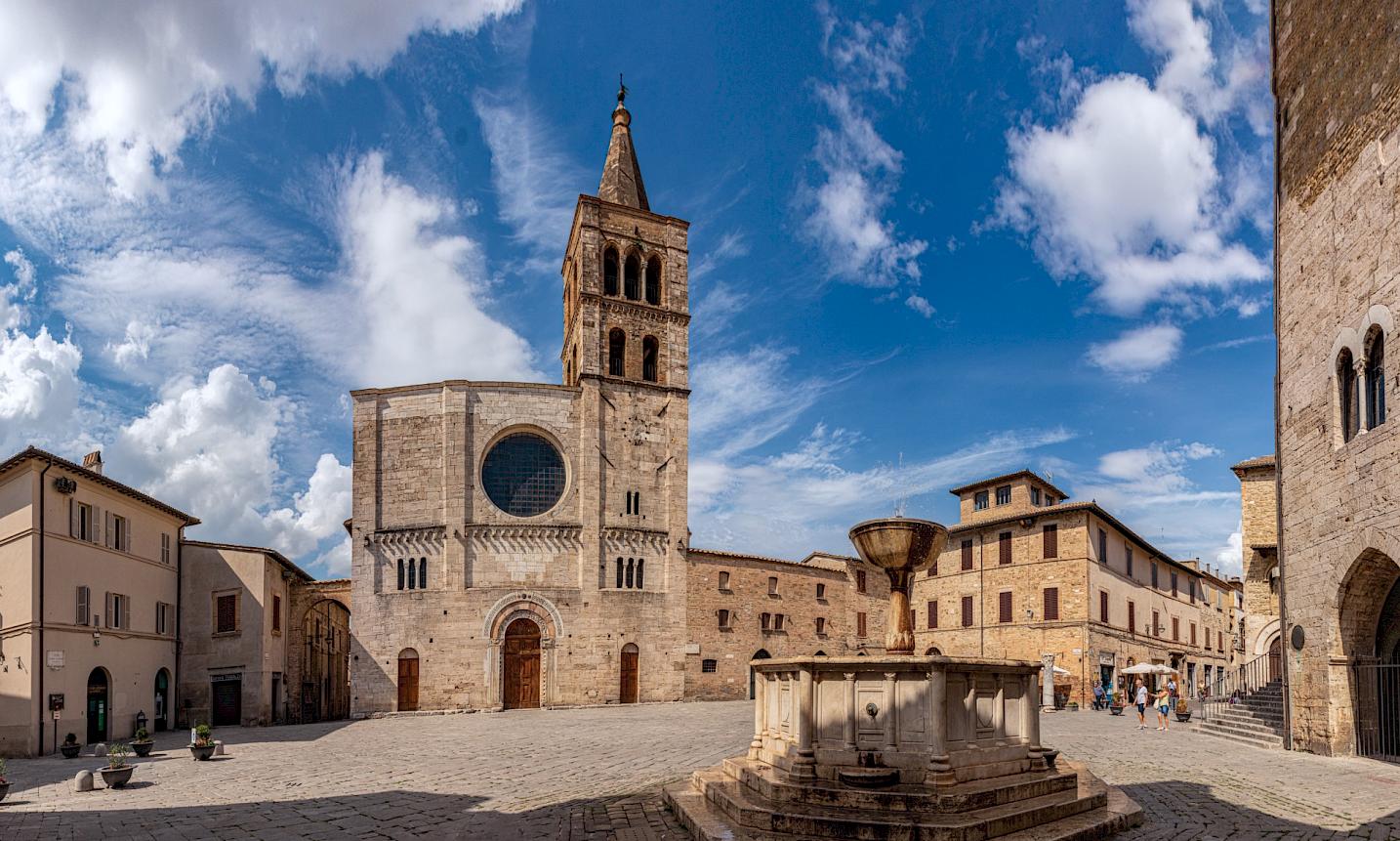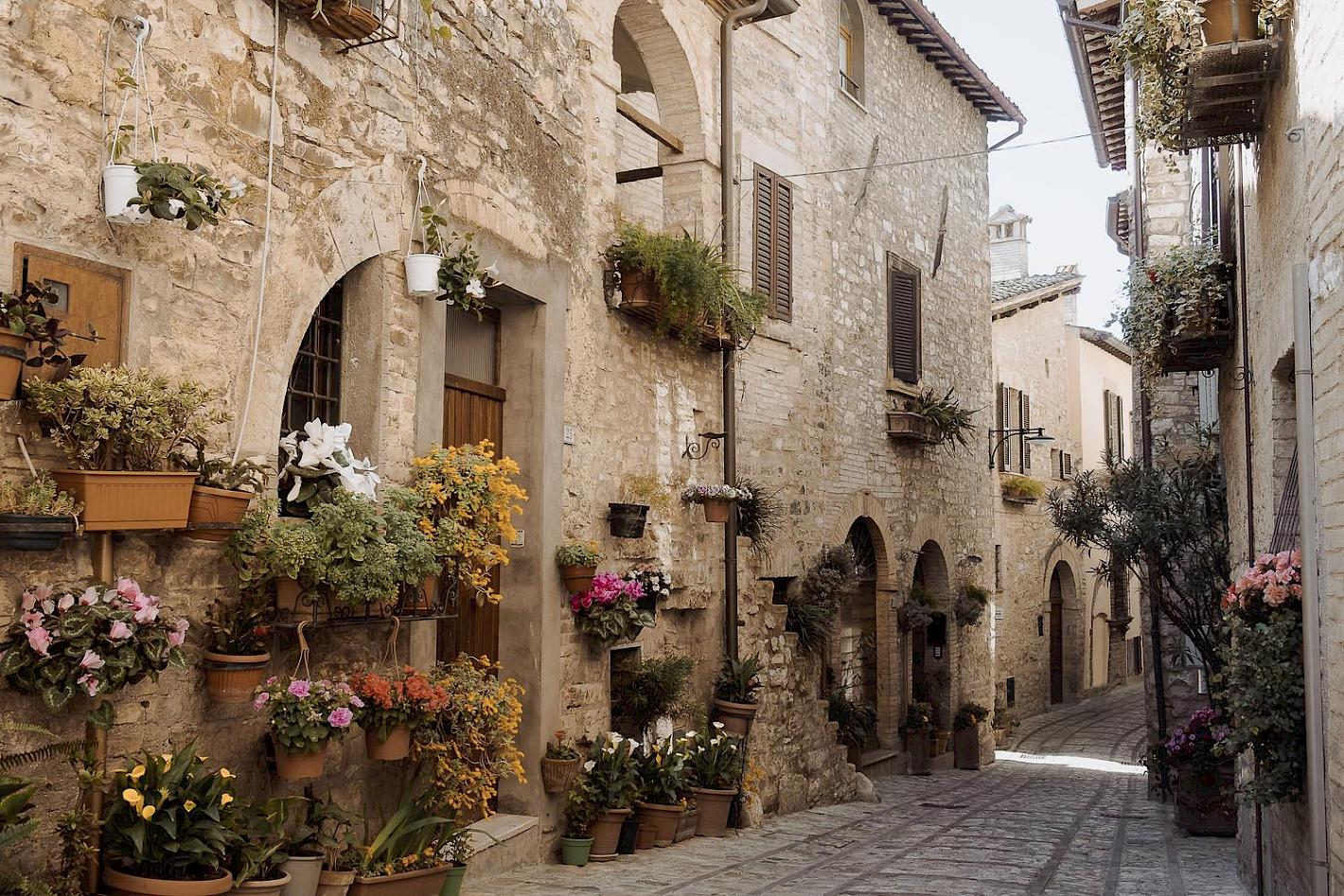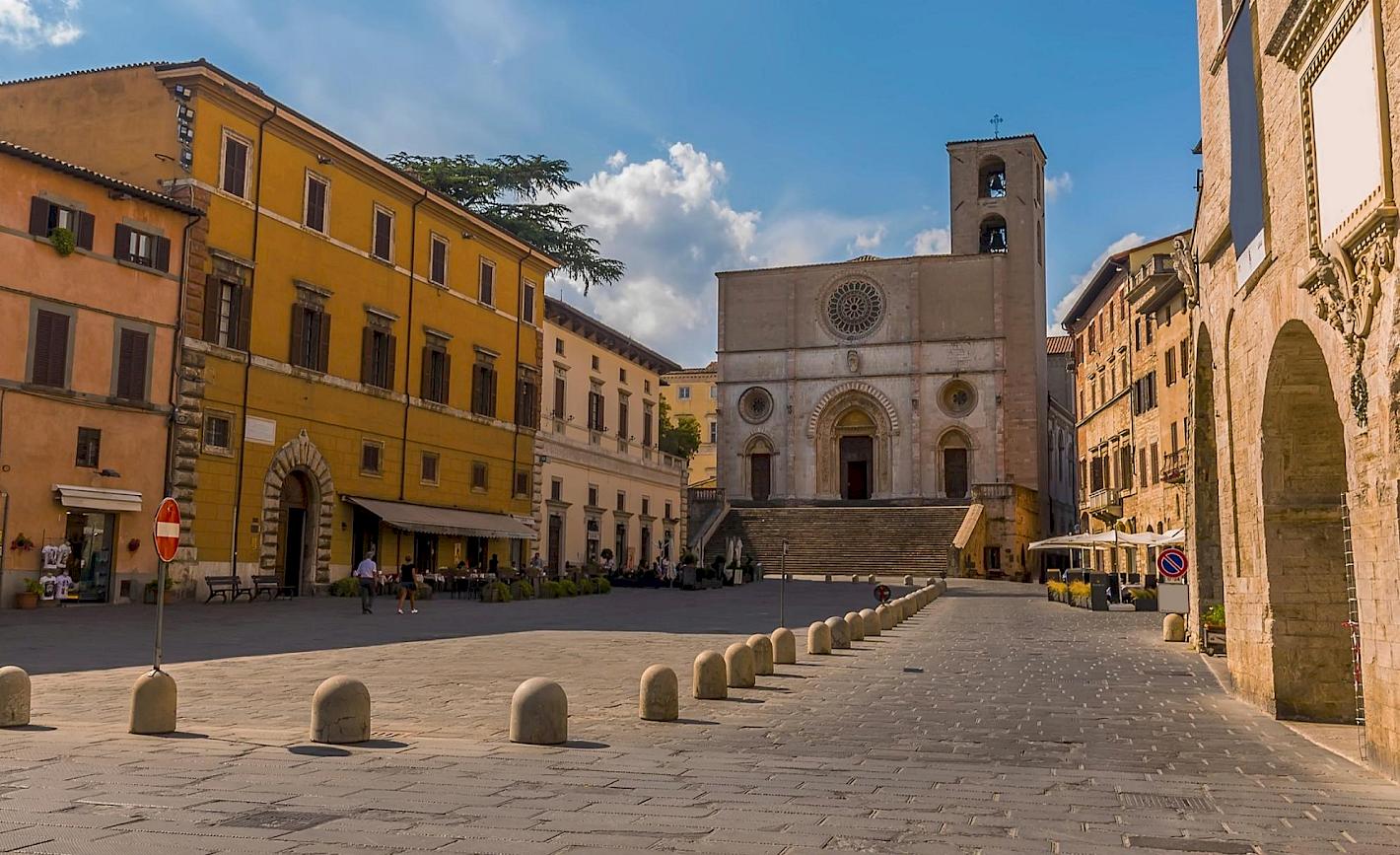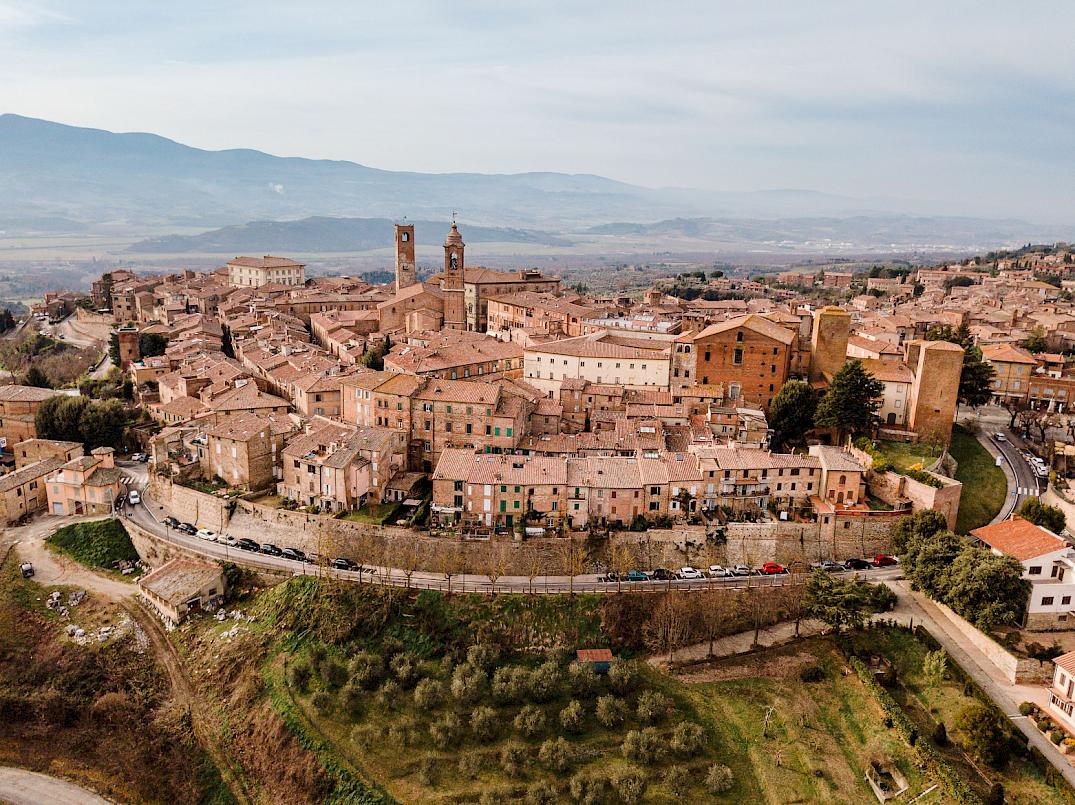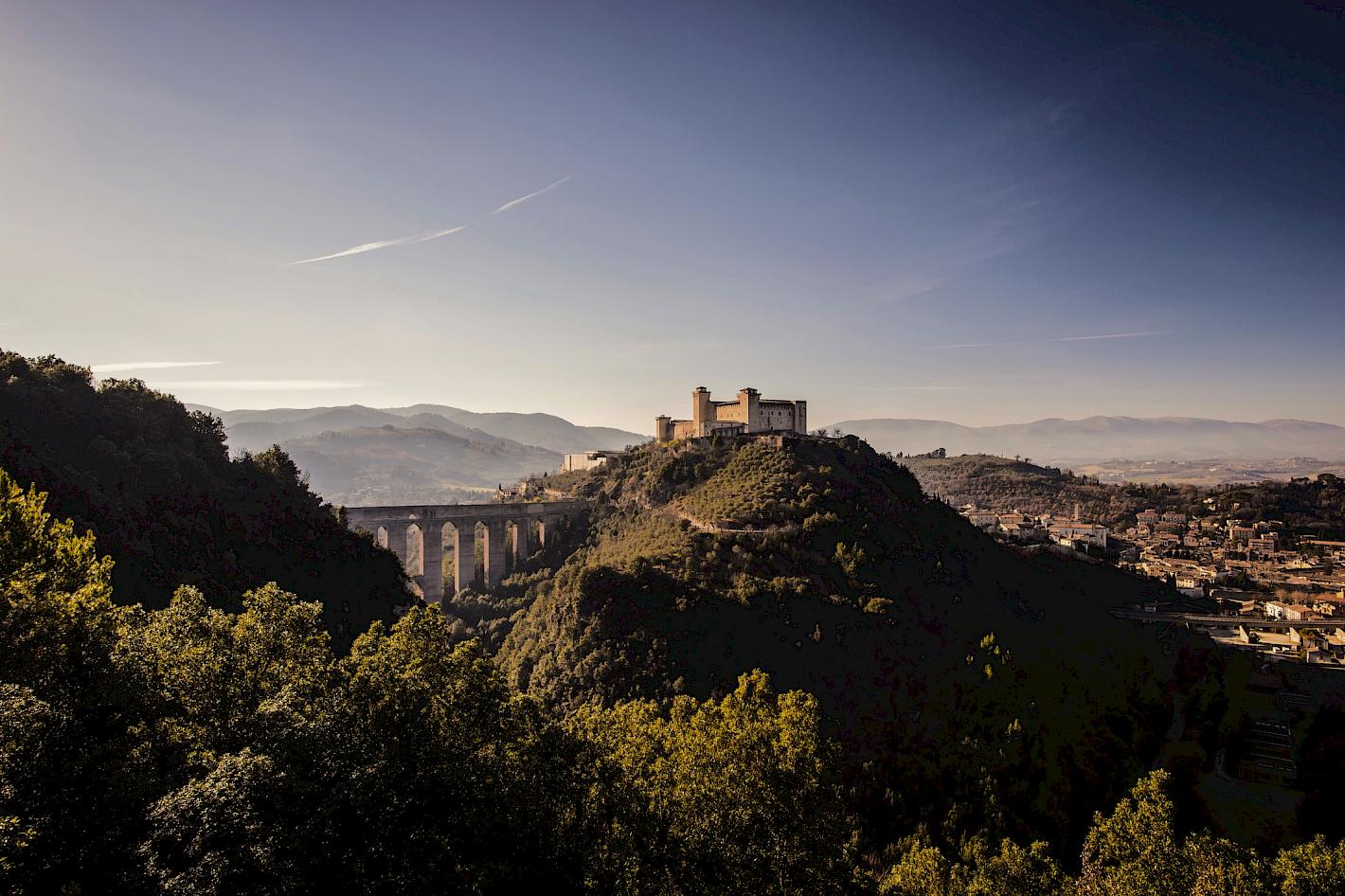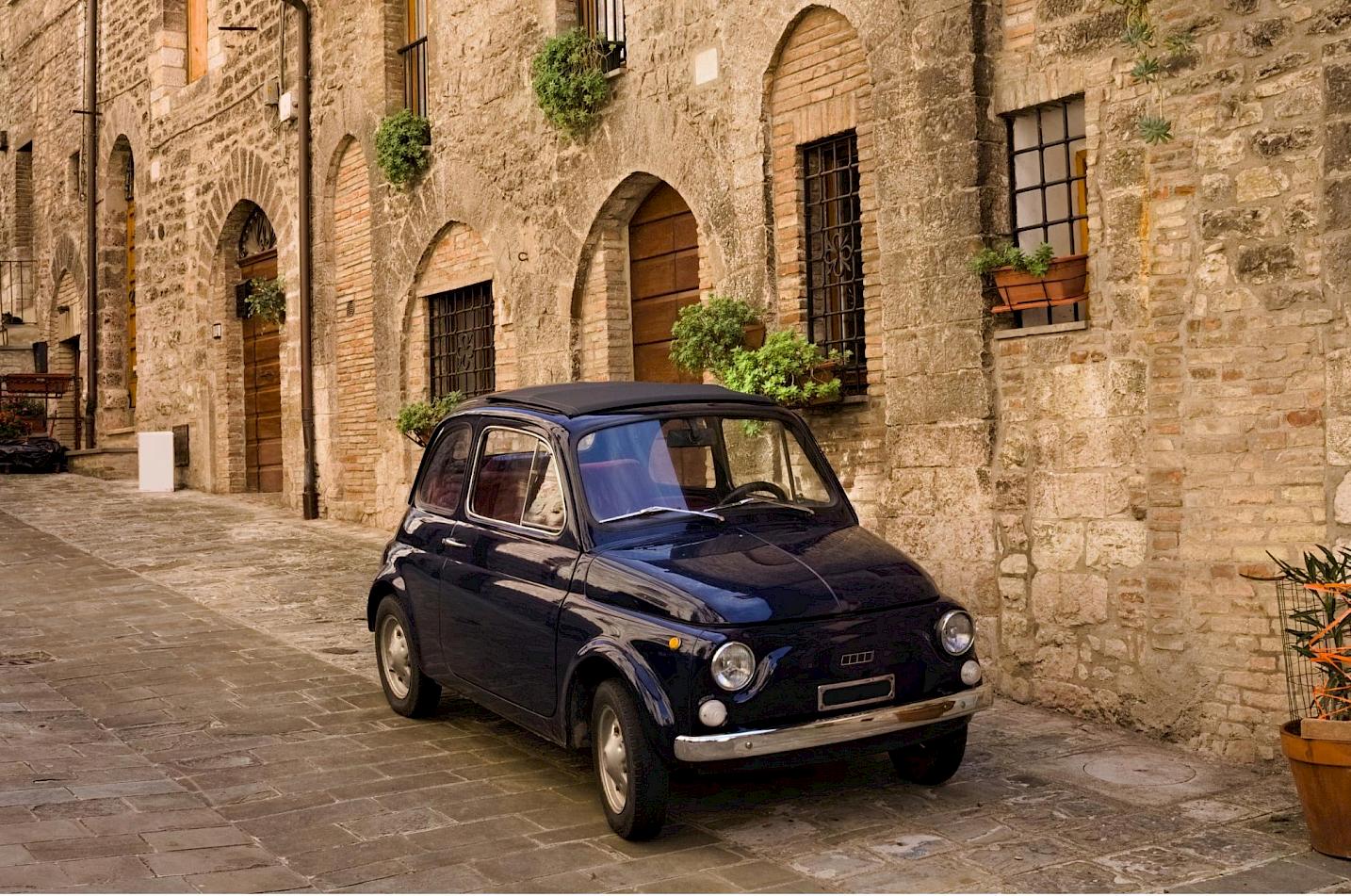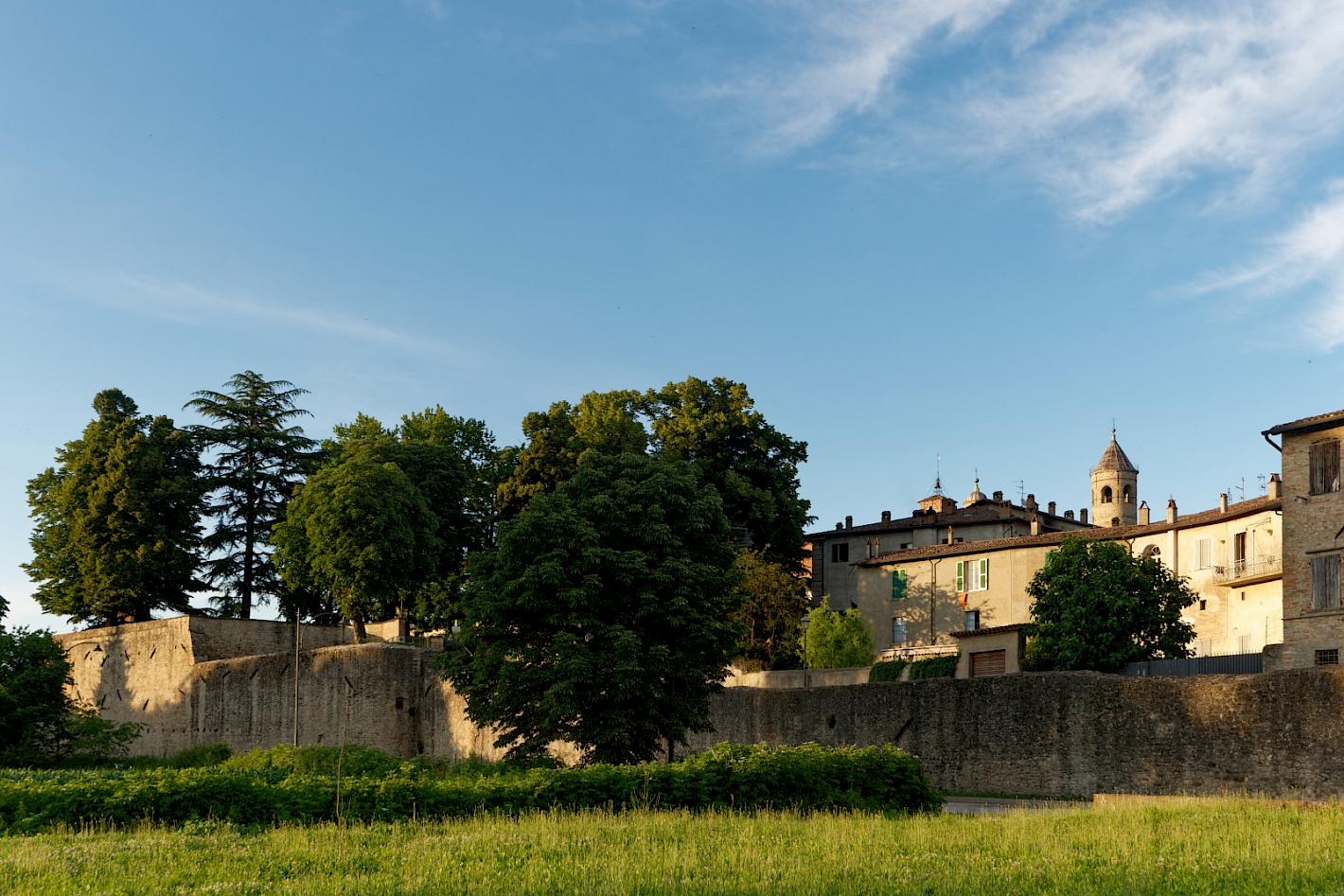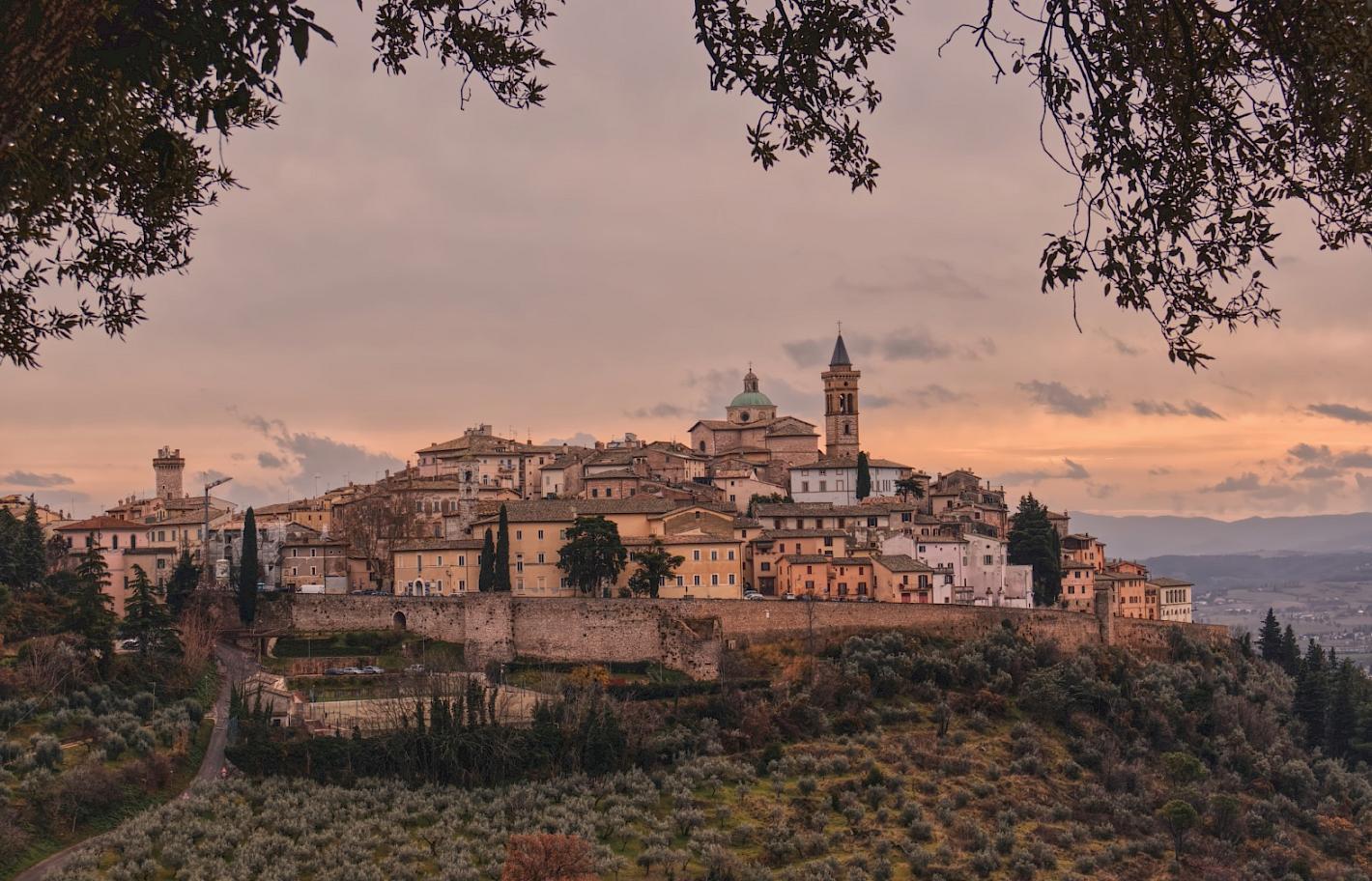Frequently asked questions (FAQ)
How long should I spend in Umbria?
The simple answer is, as long as you like. You can explore lots in a week, including hilltop towns, Lake Trasimeno and the big-hitters Perugia and Assisi, and still have plenty of time to relax, eat delicious food, drink world-class wine and jump in the pool. But if you can take two weeks, do. You’ll fit in more rest and more exploring. And if you can work remotely, rent one of our properties for a good chunk of time and discover that a work/life balance does exist.
What is the best town to stay in, in Umbria?
Umbria’s countryside is jaw-droppingly beautiful, and all our houses have a view of the scenery you’ve come here to admire. We pride ourselves on offering properties that are private and have room for a pool, a garden, and an outdoor dining terrace where you can chat into the night with no fear of disturbing anyone. In Umbria, you’re never far from a town and the likes of Perugia, Terni, Foligno, Città della Pieve, Città di Castello, Assisi, Spoleto, Gubbio are easy to reach.
Can you get around Umbria without a car?
You can, but it’s a lot more difficult! While there is a good bus and rail network, a car gives you the freedom to go where you want, when you want and we always recommend our guests hire one which is easy to do at the airport or train station.
Should I stay in Umbria or Tuscany?
Both head and heart say Umbria. Although Tuscany is utterly fabulous, it can get very crowded and overpriced. Umbria, meanwhile, remains relatively undiscovered, has fewer tourist traps and feels like old Italy in a good way. Besides, the rolling landscape with its hilltop towns, combined with the phenomenal food and wine, are reason enough to visit and never want to leave.
What is the most beautiful part of Umbria?
It depends on personal preference. Assisi is definitely a highlight and the sight of the Basilica di San Francesco’s impressive architecture rising up from the hillside as you approach is a little precursor of the extraordinary beauty and stillness found within its walls. Between Assisi and Spoleto is a collection of delightful towns, all meriting a visit, including Spello, Foligno, Bevagna and Montefalco. If you prefer outdoorsy stuff, head for the area around Lake Trasimeno. The lake is beautiful in itself and the surrounding towns, such as Castiglione del Lago, Passignano sul Trasimeno, Panicale and Città della Pieve, are some of our favourites.
